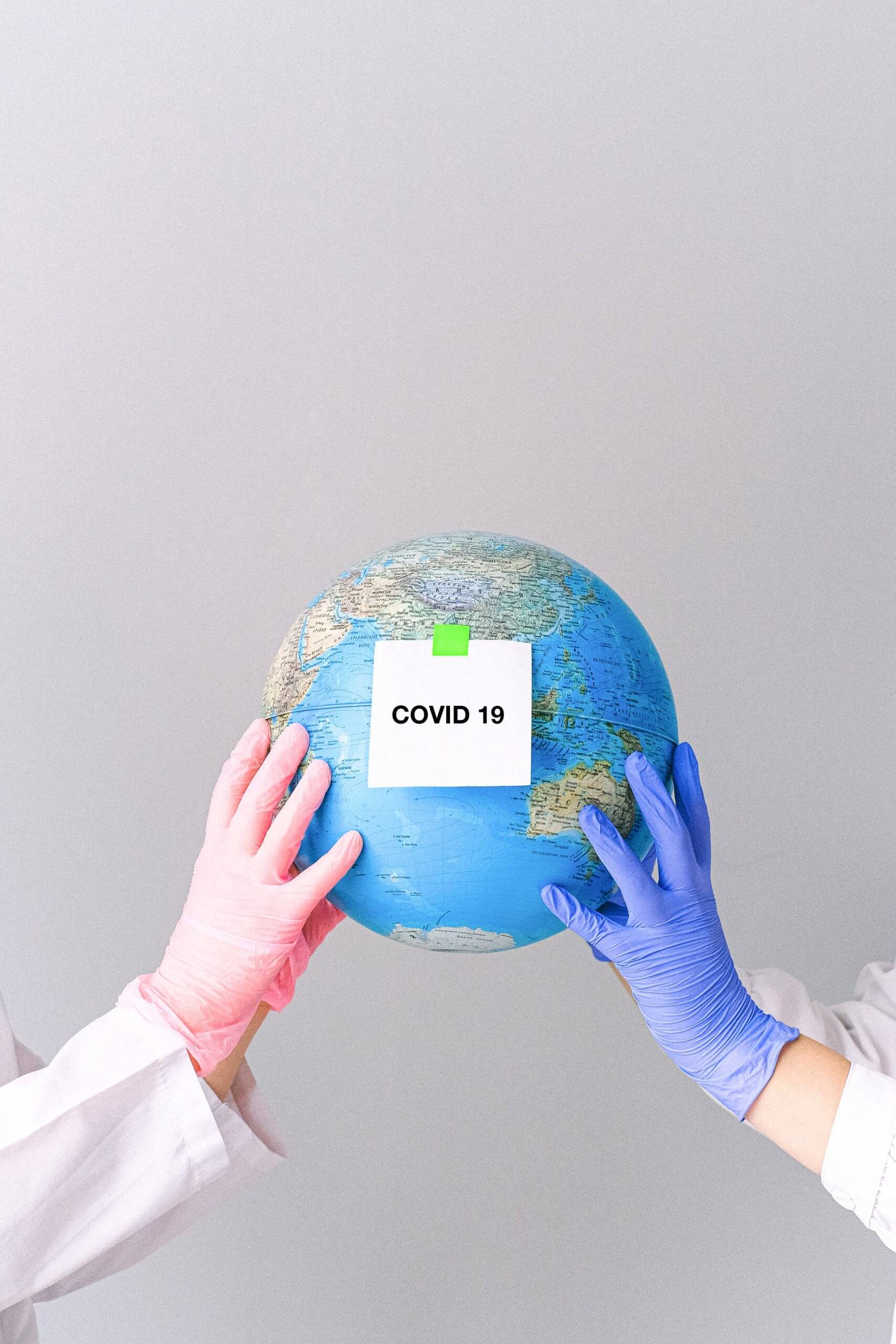
Organ-on-a-Chip Technology Rapidly Repurposes Existing Drugs for Treatment
The Organ Chip-based drug testing ecosystem established by a collaboration spanning four research labs and hundreds of miles, led by the Wyss Institute (Boston, MA, USA), greatly streamlines the process of evaluating the safety and efficacy of drugs for treatment for new medical applications. It also provides a proof-of-concept for the use of Organ Chips to rapidly repurpose existing drugs for new medical applications, including future pandemics.
The collaboration established a human Organ Chip-based drug testing ecosystem that streamlines the process of evaluating the safety and efficacy of existing drugs for new medical applications, drugs for treatment and provides a proof-of-concept for the use of Organ Chips to rapidly repurpose existing drugs for new medical applications, including future pandemics.
When a group of drugs that had been shown previously to have efficacy in cell culture models, were tested in the more sophisticated microfluidic Lung Airway Chip, most of these drugs (including hydroxychloroquine and chloroquine) were not effective. However, the antimalarial drug amodiaquine was highly effective at preventing viral entry. These results were then validated in cultured cells and in a small animal model of COVID-19 using infectious SARS-CoV-2 virus.
Over three years ago the Defense Advanced Research Projects Agency (DARPA) and National Institutes of Health (NIH) awarded funding to Ingber’s team to explore whether its human Organ Chip microfluidic culture technology, which faithfully mimics the function of human organs in vitro, could be used to confront potential biothreat challenges including pandemic respiratory viruses.
Only three of these drugs—amodiaquine, toremifene, and clomiphene—significantly prevented viral entry without producing cell damage in the Airway Chips. The most potent drug, amodiaquine, reduced infection by about 60%. The team also performed spectrometry measurements to assess how the drugs impacted the airway cells. These studies revealed that amodiaquine produced distinct and broader protein changes than the other antimalarial drugs. Despite the promise of amodiaquine, the team still needed to demonstrate that it worked against the real infectious SARS-CoV-2 virus. Ingber teamed up with Matthew Frieman, PhD, associate professor at the University of Maryland School of Medicine and Benjamin tenOever, PhD, professor at the Icahn School of Medicine at Mount Sinai, both of whom already had biosafety labs set up to study infectious pathogens.











